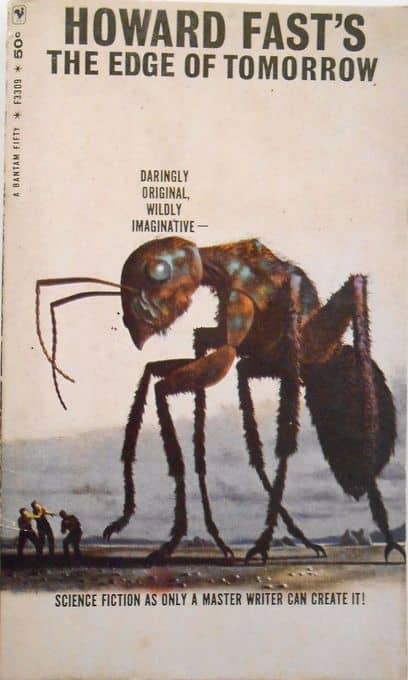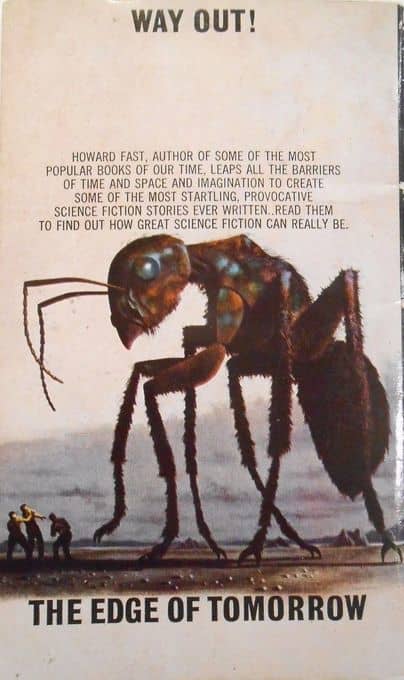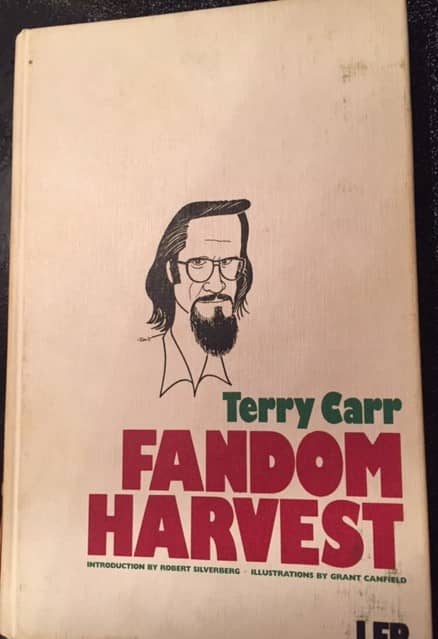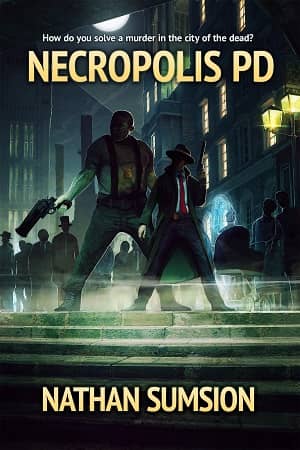Tomorrow Isn’t Always Another Day: Remembering Howard Fast’s The Edge of Tomorrow
 |
 |
The Edge of Tomorrow (Bantam, 1966) Cover artist uncredited
Books, like music, can evoke images of another time and place. When I picked up The Edge of Tomorrow recently, it triggered memories of Manhattan, Kansas, just before my husband left for Vietnam. It was mid-June 1966 when I drove from California to Fort Riley.
Manhattan was a whole new world. I remember heat and humidity so heavy it was like walking around on the bottom of a warm fish bowl. But there were awesome times too — a Harry Belafonte concert, thunder so loud I thought it would flatten me, and staring out a window all night during a tornado watch.
Yet, my most vivid memories are about food and friends. It was still early days for the anti-war protests and we were not aware of them. Uppermost in our minds was knowing our husbands or fathers or sons or brothers would be going to Vietnam. With so much uncertainty in our lives, we made the best of the moments we had and meals were about the only time life seemed normal.
The troops at Fort Riley trained twelve to fourteen hours a day. That left evenings and some weekends for relaxation. When Bob was home, his Army friends often stopped by for a beer and a chat. Many times, they stayed for a home-cooked dinner. During the five months in Kansas, I prepared a lot of food. Mostly from family recipes. So did other wives. We tasted dishes we had only heard about and exchanged recipes. One of my favorite memories centers around a feast those of us from California put together. We craved Mexican food but tortillas, pinto beans and hot sauce weren’t available in the local stores then. That problem was solved when we wrote and asked our families to send supplies. They were generous beyond belief. All our friends were invited. For a few hours, while we were eating tacos, enchiladas, refried beans, rice, burritos, guacamole and hot sauce, we were home.









